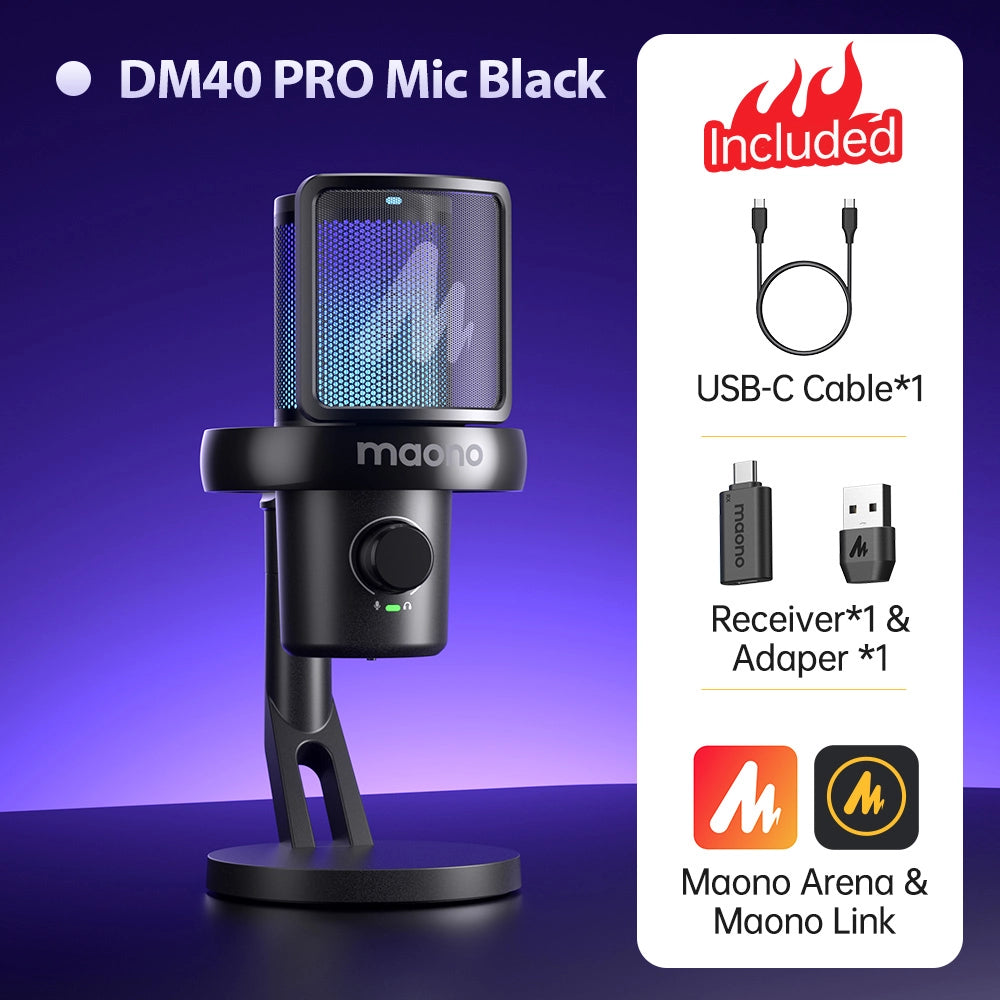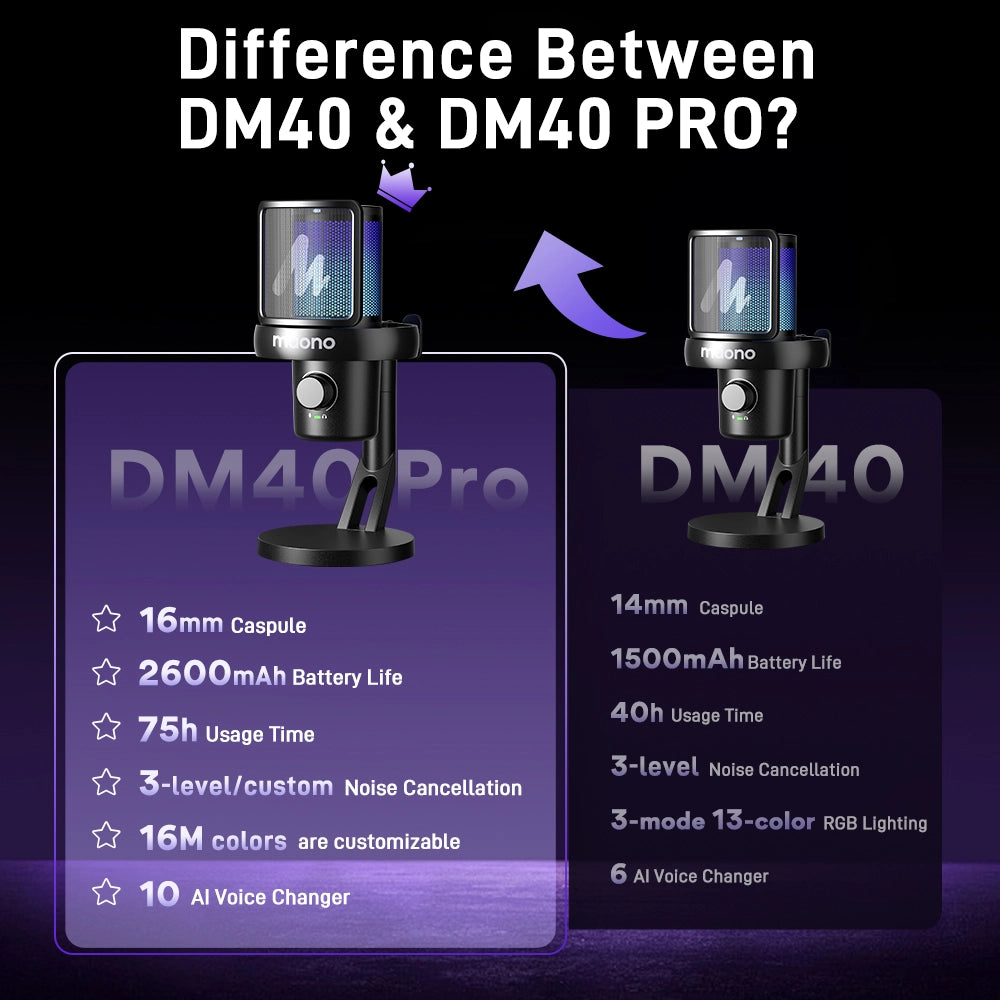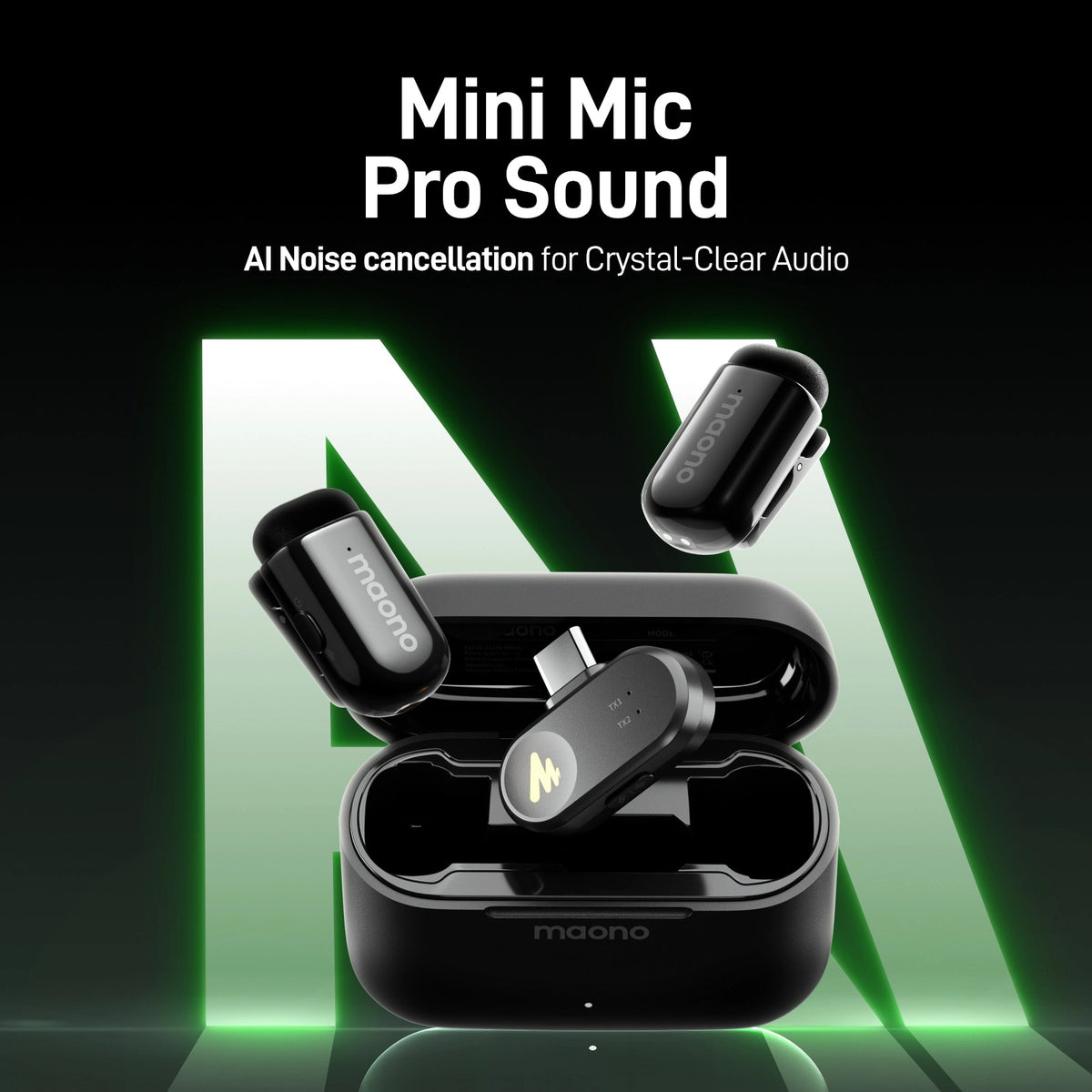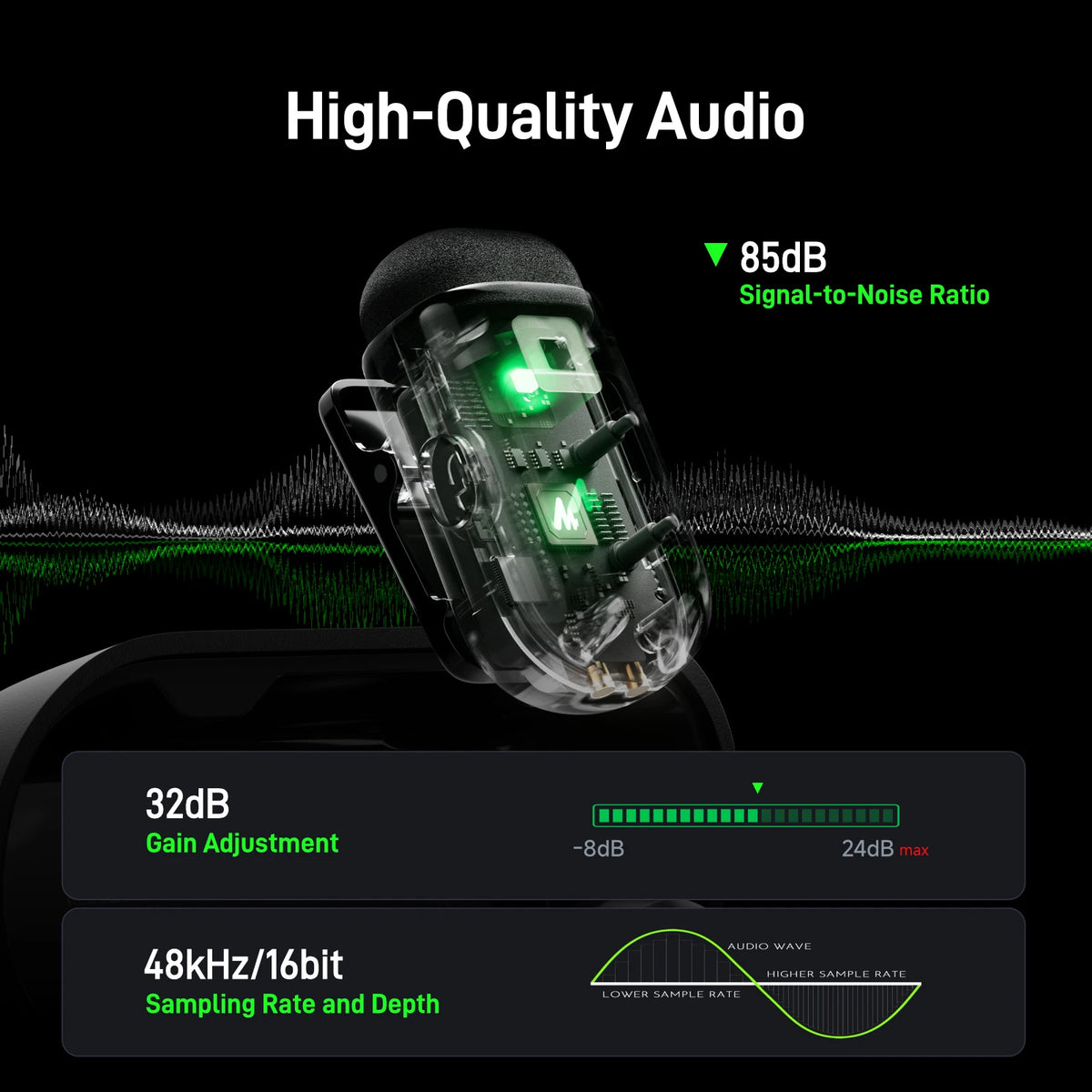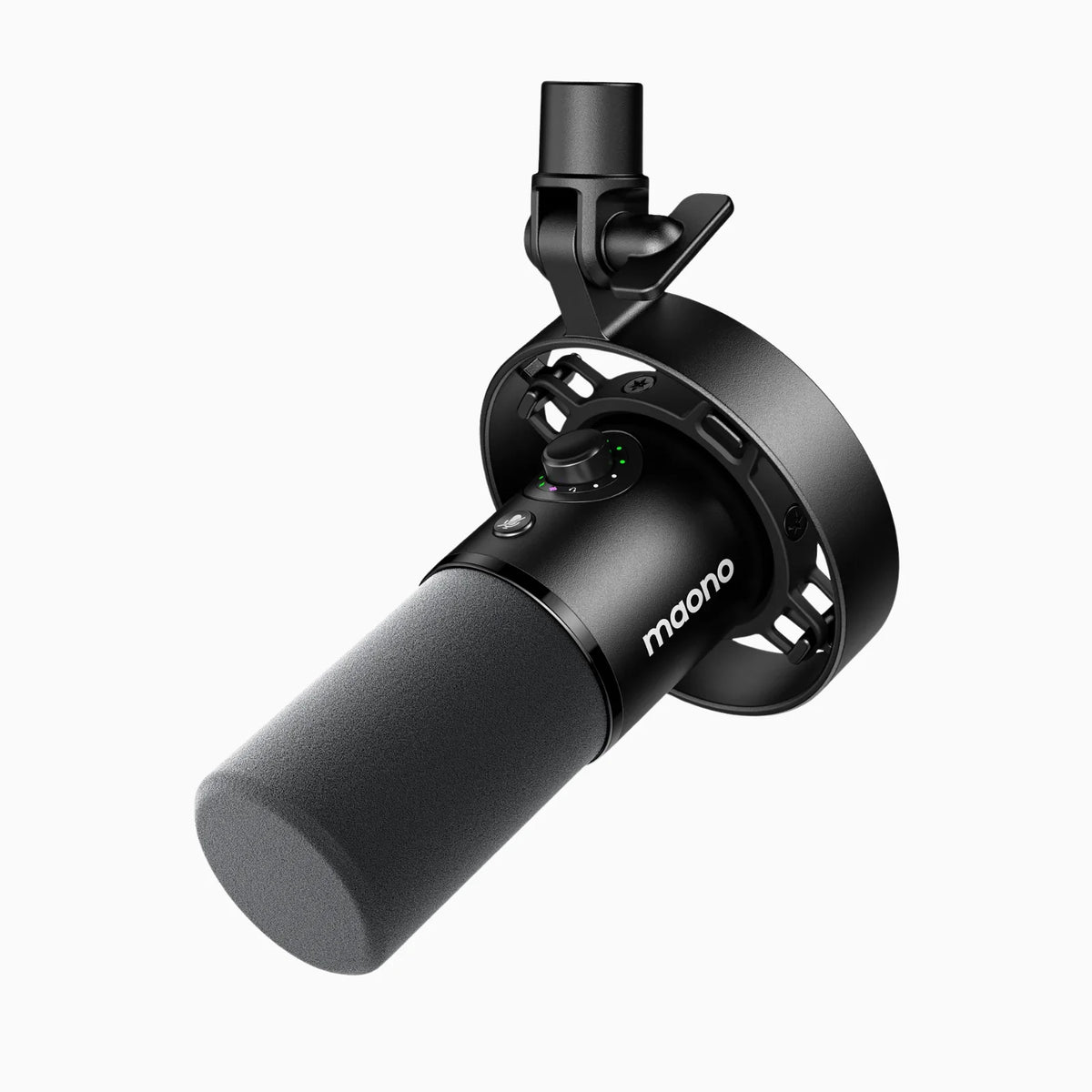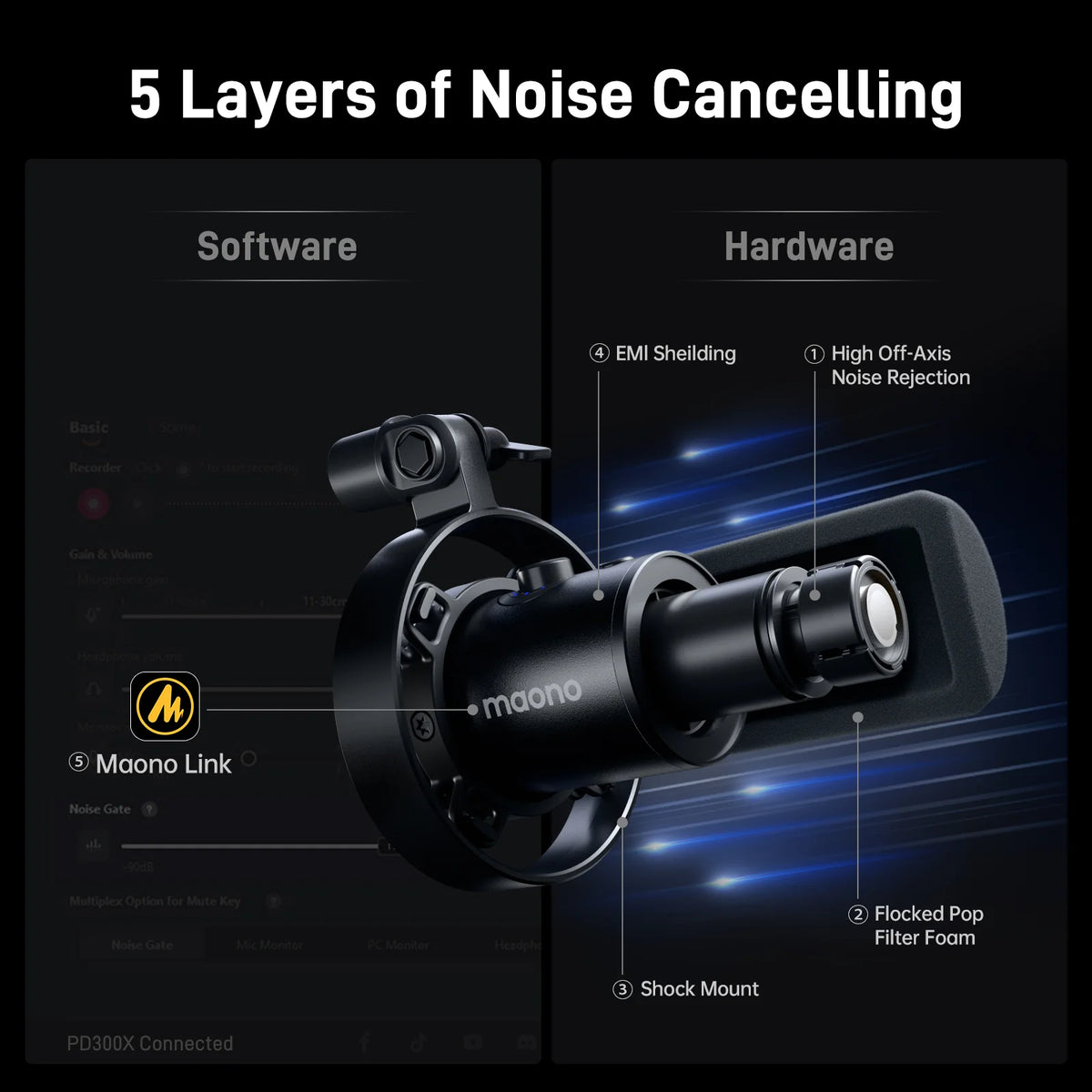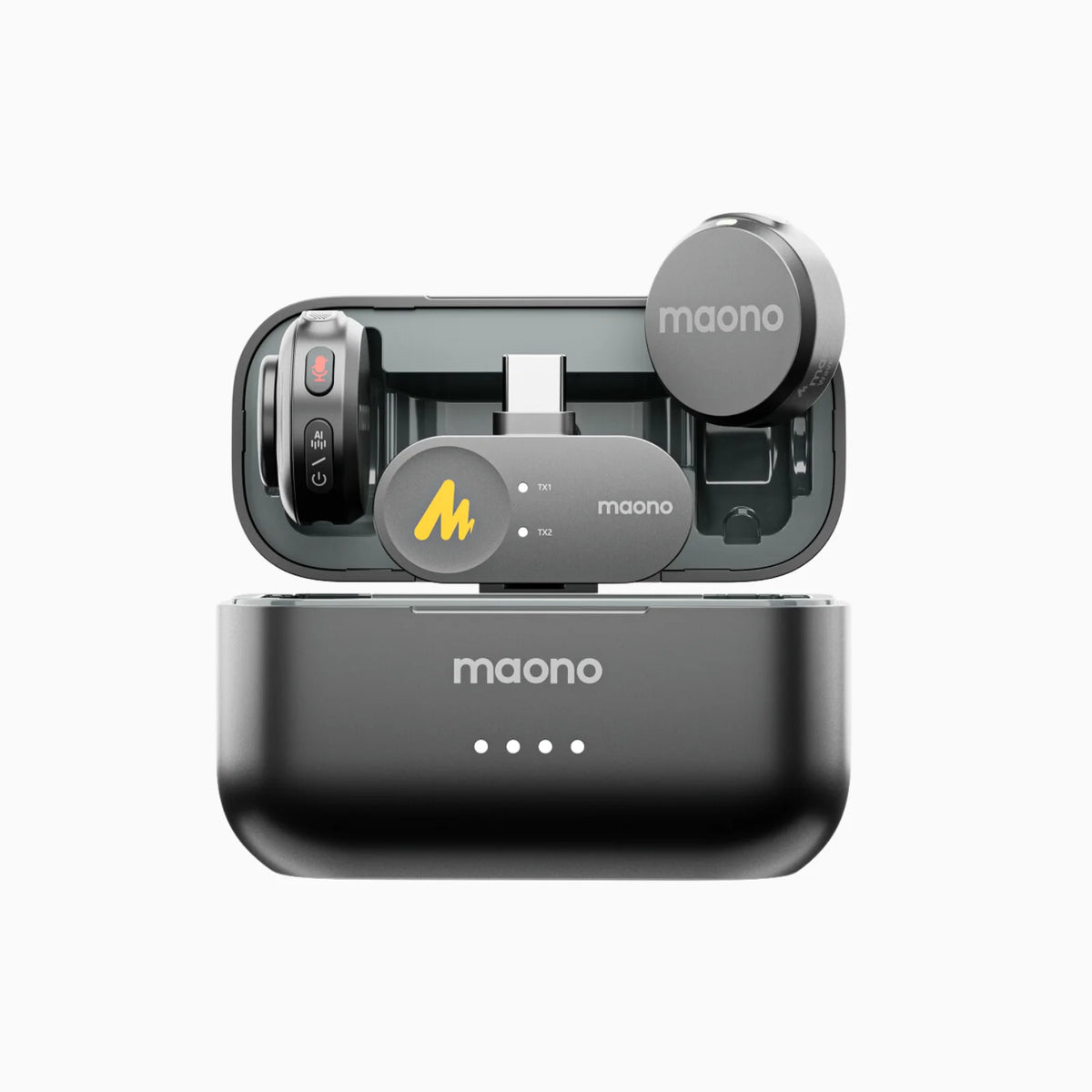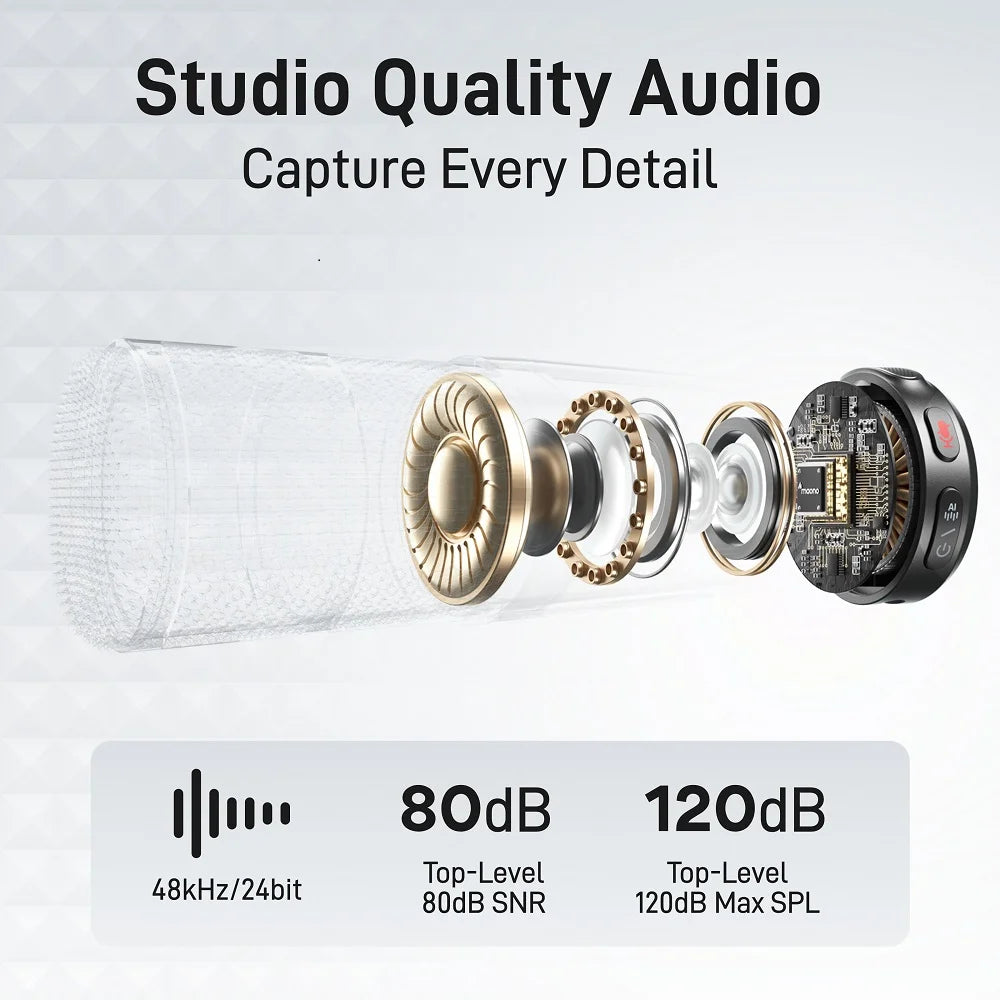Live streaming is getting more popular for businesses and content creators to talk to their audience. Platforms like Facebook, YouTube Live, Instagram, and Twitch, lets anyone broadcast to the world in real-time and chat with your audience right away, making it feel genuine.
Whether you're a content creator or a business owner, and you want to achieve online presence and visibility, audience engagement stands as a pillar of success. Engaged viewers are more likely to stay longer, participate actively, and return for future streams. This engagement not only builds a loyal community but also enhances the overall viewing experience, making your livestream more impactful and memorable. To ensure your audience can hear you clearly and remain engaged, using a high-quality live streaming microphone is essential.
Starting Live Streaming from Scratch: What Do I Need to Do?
Starting a game live streaming channel from scratch requires careful planning, the right equipment, and a strategy to engage your audience. Here are the steps you need to take:
Ⅰ. Choose the Platform and Create Your Account
Choose where you want to stream, like Twitch, YouTube, Facebook Gaming, or Kick.com. Think about things like how many people watch there, what the community is like, and what features the platform has. Create an account on the platform you picked. Fill in your info, add a picture, and write a short bio to tell people about yourself.
Ⅱ. Set Up Your EquipmentGather all the equipment you need for streaming, like your gaming system or computer, a camera, a good microphone, an audio mixer, an audio console, and the software you'll use to stream. Make sure everything is set up right and works properly before you start streaming.

-
Microphones for Live Streaming
When choosing microphones for live streaming, select the one that offers the best value for your money. The DGM20 GamerWave and DM30RGB condenser mics are the most preferred options for gamers and are perfect choices for those just beginning their game live streaming journey, as they are not too expensive. Both are cardioid microphones with noise cancellation and gain adjustment features, a one-tap mute function, controllable RGB light modes for aesthetic game room lighting effects and are compatible with boom arms. The GamerWave also has a built-in pop filter. If you can't decide which microphone to choose, you may want to read this article:
Which one is the better gaming mic: DGM20 VS DM30RGB?
The PD200X is a dynamic cardioid mic, which is slightly more expensive than the DGM20 and DM30RGB but offers the highest quality sound, is XLR and USB-C cable ready, and comes with a blowout foam. Also, consider adding an audio mixer or audio interface to your setup to make your streaming experience even smoother.
-
Audio Mixer/Audio Console
The G1 NEO sound card, for instance, has a built-in preamp that allows you to customize your sound effects, voice control, and background music to better engage your audience.
-
Gaming Console or PC
Pick a gaming system like PlayStation, Xbox, or Nintendo Switch, or a powerful computer that can play the games you want to stream.
-
High-Quality Webcam
Get yourself a decent webcam to catch your face and expressions while you're gaming. Aim for one with at least 720p resolution or better so your video looks nice and clear. Try the Logitech Brio Ultra HD Pro Webcam, Razer Kiyo, or Elgato Facecam, these are designed or streaming delivers sharp video quality.
-
Computer
Alienware Aurora R12, HP Omen 30L, or Dell G5 Gaming Desktop—these top 3 picks for the best computers in live streaming are known for delivering high-performance gaming rigs and affordability.
-
Streaming Software
Put streaming software on your computer to show your game to others on streaming sites. Good ones to try are OBS Studio, Streamlabs OBS, XSplit, and Twitch Studio.
-
Optional Recommendations:
Ensure you have a fast and reliable internet connection. A wired Ethernet connection is recommended for reliable speeds. Other equipment necessary for your setup is optional, and these include lighting equipment, a green screen, a controller for console gaming, a keyboard and mouse for PC gaming, and a high-quality headset with comfortable ear muffs.
By having these essential pieces of equipment, you'll have everything you need to start game live streaming from scratch and create engaging content for your audience.
Ⅲ. Download a Streaming Software
Download streaming software, such as OBS Studio, Streamlabs OBS, or XSplit, into your computer. These programs let you record your game and show it live on the platform you picked.
Ⅳ. Configure Streaming Settings and Connect Your Account
Open up your streaming software and set it up. You'll need to pick the quality of your stream, how clear it is, how many frames show each second, and how fast your Internet can handle it. Connect your live streaming account to the software you're using to stream. Just follow the steps the software gives you to link your account and let it stream for you.
Ⅴ. Create Your Stream Layout and Promote Your Stream
Set up your stream's look by adding elements like overlays, alerts, and webcam frames. Make sure everything looks visually appealing and matches your content. Post your stream link on social media, gaming forums, and other online places to get viewers. Make interesting posts and teasers to get people excited and encourage them to watch.
Ⅵ. Go Live
When you're ready to stream, click the "Go Live" button in your streaming software. Check that your audio and video are at the right levels, and say hello to viewers as they join.
Ⅶ. Engage with Your Audience
Interact or talk with your audience during your stream by replying to comments, answering questions, and chatting with them. Connecting with your viewers will make them want to come back again.
Ⅷ. Be Consistent with Your Streaming Schedule
Set up a regular streaming schedule and keep to it. Streaming consistently at the same time every day or every other day will help you build a loyal audience who knows when to watch your content.
Ⅸ. Review and Continuously Improve
After each stream, look at how you did and check out what viewers said. Find ways to get better and make changes to improve your streams over time.
5 Ways to Engage Your Audience on Game Streaming
-
Engage in Interactive Gameplay
Engage your audience by letting them make decisions, choose game options, or vote on in-game choices, transforming them from passive viewers into active participants.
-
Provide Live Commentary
Provide live commentary while playing games and interact with your audience through chat, responding to comments, answering questions, and engaging in conversations to foster community and connection.
-
Organize Special Events
Host special events, challenges, or competitions during your streams to keep your audience entertained and engaged, such as speed runs, viewer challenges, or themed gameplay sessions.
-
Play Multiplayer and Co-op Games
Engage your audience through multiplayer or co-op games, inviting viewers to join your game or team up with other streamers or friends, fostering collaborative gameplay and interaction.
-
Offer Giveaways and Rewards
Provide giveaways, prizes, or rewards to viewers as incentives for engagement, such as in-game items, game keys, or merchandise, to encourage active participation and sustained engagement during the stream.

Conclusion
Businesses and people who create content are using live streaming to talk to their audience on platforms like Facebook, YouTube Live, Instagram, and Twitch, which helps them really connect with people. Whether you're making content or running a business and want to be noticed online, talking with your audience is super important. When people watching your stream get involved, they're more likely to stick around, join in, and come back for more, making the whole watching experience better.








